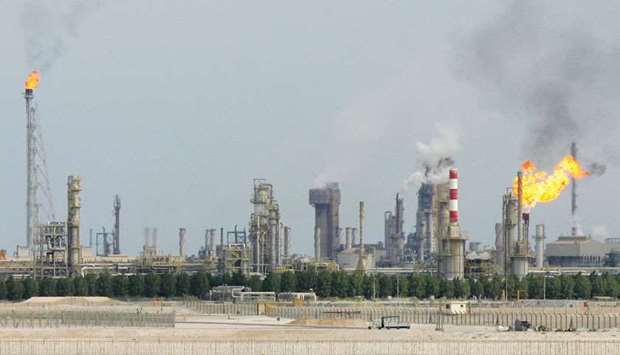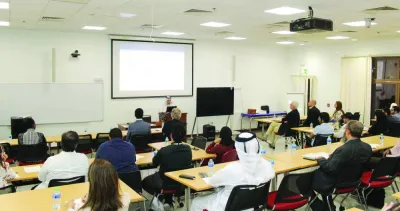Qatar’s manufacturing sector appears to be in a solid footing as higher prices for hydrocarbons, basic metals, refined petroleum products, dairy products and paper products helped the industrial producers’ earnings soar in double digits year-on-year, official figures suggest.
Qatar’s producer price index (PPI) – a measure of the average selling prices received by the domestic producers for their output – surged 24.3% on a yearly basis and 2.6% month-on-month during the review period, according to figures released by the Ministry of Development Planning and Statistics (MDPS).
MDPS had released a new PPI series in late 2015. With a base of 2013, it draws on an updated sampling frame and new weights. The previous sampling frame dated from 2006, when the Qatari economy was much smaller than today and the range of products made domestically much narrower.
The PPI for mining, which carries the maximum weight of 72.7%, saw a 31.1% surge year-on-year in April 2018 on account of a 31.1% increase in the price of crude petroleum and natural gas and 4.6% in stone, sand and clay.
The mining PPI had seen a 3.9% expansion on a monthly basis as crude petroleum and natural gas prices grew 3.9% but that of stone, sand and clay fell 0.2%.
The manufacturing sector, which has a weight of 26.8% in the PPI basket, witnessed a 12% yearly increase this April owing to a 20.1% expansion in the price of basic metals, 15.6% in refined petroleum products, 14.9% in other chemical products and fibres, 13.7% in dairy products, 11.9% in paper and paper products, 2.9% in basic chemicals, 1.5% in juices and 1.1% in rubber and plastics products. However, there was a 5.7% decline in the price of cement and other non-metallic mineral products and 1.6% in beverages.
The manufacturing sector PPI, however, had seen a 0.5% decline month-on-month in April as the price of basic chemicals slumped 3.5%, basic metals 1.6% and dairy products, beverages and cement and other non-metallic mineral products (0.1% each). Nevertheless, rubber and plastics products grew 3.1%, paper and paper products and juices (1% each), refined petroleum products (0.7%), other chemical products and fibres (0.6%) and grain mill and other products (0.1%).
The utilities group, which has a 0.5% weight in the PPI basket, saw its index grow 6.1% in April 2018 on a yearly basis as electricity and water prices soared 6.7% and 5.2% respectively.
The index, however, fell 0.9% month-on-month in April this year mainly on a 6.8% decline in the price of electricity; while water prices soared 9.2%.

The file photo taken on February 1, 2006 shows an oil refinery on the outskirts of Doha. Higher prices for hydrocarbons, basic metals, refined petroleum products, dairy products and paper products helped the industrial producers’ earnings soar in double digits in April, according to MDPS figures.


